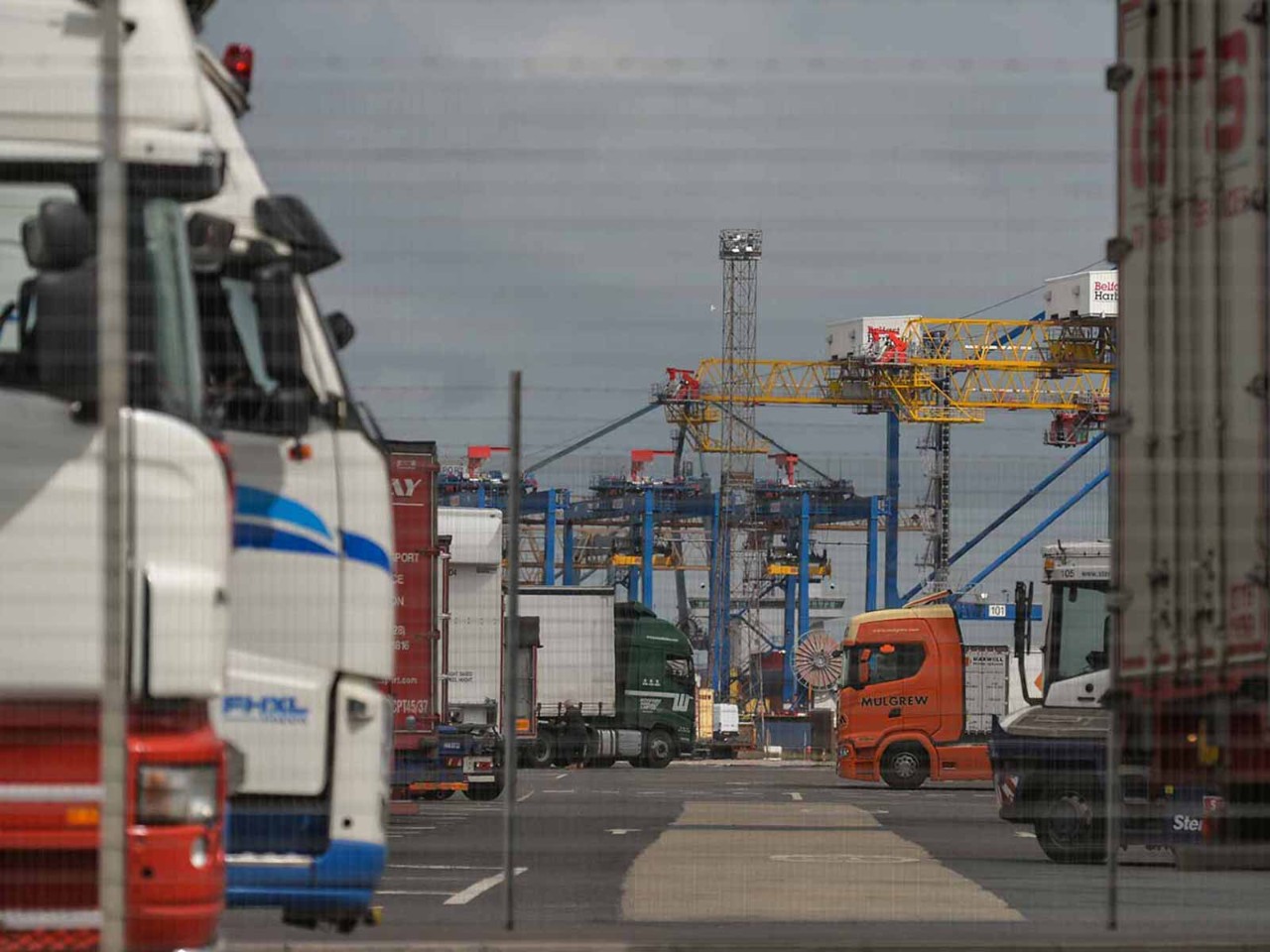
The pandemic-driven shift to remote work proved so successful for many employers and so popular with many employees that it’s now widely agreed that it is here to stay. Previously, only a few employees enjoyed remote working arrangements. Most employers wanted their employees to work onsite, believing this gave clear visibility of their workforce, with teams able to develop a positive work environment. One school of thought suggested that when people are apart they may disconnect, which may ultimately negatively impact working relationships and performance.
However, the pandemic proved that many employees could be just as productive, or even more so, working from home as they were in the office, but many of them also enjoyed better work-life balance and job satisfaction.
What’s not so clear is how remote work will evolve in the future. Will the current hybrid model, with employees physically in the office part of the time, become the status quo? Or is this a step on the road towards more fundamental changes in the workplace as we’ve known it?
Once employees were based at home, some realised that they could work just as well from anywhere
What’s not so clear is how remote work will evolve in the future. Will the current hybrid model, with employees physically in the office part of the time, become the status quo? Or is this a step on the road towards more fundamental changes in the workplace as we’ve known it?
Power shifts
During KPMG International’s global webcast on Work from Anywhere issues in September 2021, 530 companies from 46 jurisdictions were surveyed. Almost 90% said they are considering introducing a remote working policy or have already introduced one, with the top three reasons being demands from existing employees, talent shortages and the need to win in the talent market.
Indeed, research shows that worker demand for remote work arrangements has become widespread. For example, in a 2021 World Economic Forum survey:
- 66% of respondents said they want to work flexibly when the pandemic is over
- 30% would consider looking for another job if they are required to return to the office full time
- 65% said they were more productive with a flexible work schedule.
These statistics suggest that the balance of power has tipped towards employees, with a company’s remote work policies taking on ever more importance for recruitment and retention.
Employee impetus
Experience during the pandemic has allowed companies to warm up to the idea of remote work, but the real impetus for change seems to be coming from employees, most prevalently the younger, more digitally savvy generations entering the workforce.
So the current hybrid model could be seen as a compromise between older generations used to being in the workplace full time and younger workers who want more flexible options.
A company’s Work from Anywhere policy could become important to its ability to compete for talent
Detachment from company premises could lead to a ‘self-employed’ mindset, with employees working remotely for but not really seeing themselves as a part of a company. One possibility is that, for some workers, Work from Anywhere could transform into Work for Anyone.
With some roles no longer dependent on location, some people might see no reason why they can’t do their work, for example, for a couple of months in a tropical location. If the current employer won’t permit this, they may decide to find an employer that will.
Employer challenges
The trend could also present significant challenges for global mobility and HR teams as they work to keep their talent satisfied and productive, while also managing global tax, social security, immigration and other regulatory compliance issues that remote work brings.
For example, when an employee works some or all the time in a different international jurisdiction than that of their employer, risks can arise for the employee due to tax residency rules for individuals, as well as income tax and payroll reporting requirements. Employers can face tax obligations stemming from corporate permanent establishment determinations, transfer pricing policies and corporate residency rules.
While these risks are not new, they may multiply as more employees opt for remote working options. This is especially true in view of expectations that tax authorities will step up enforcement.
Governments are struggling to raise revenue to cover pandemic-related shortfalls and, more recently, to finance new security spending and humanitarian aid needs stemming from conflict in Europe. Experience tells us that governments often intensify tax enforcement during troubled economic times.
Risks may multiply as more employees opt for remote working options
Checking compliance
In particular, the rise of remote work has tax authorities taking more interest in enforcing compliance in crossborder employment situations, and new technological tools are helping them get much better at it. We are aware of several highly sophisticated projects at the level of the European Union (EU) and nationally using technology to compare and cross-check information related to employee movements. For example:
- Business travellers coming to the EU on a 90-day visa will be automatically registered at the border, allowing immigration authorities to monitor potential overstays and tax authorities to monitor days in a country to determine residency and establish liability.
- Tax authorities will have much more precise data about business travellers claiming tax-exempt days, using information from flight records, passport stamps and other sources to cross-check liability for income and payroll taxes and social security.
- By monitoring utilities, tax authorities can verify a taxpayer’s claim that a home is vacant for a certain period or, for example, being rented under the table.
It’s not only companies that need to track where their employees are. Legislation is evolving in ways that put more emphasis on the nature of work done in a location. In addition to physical presence, liability for tax increasingly depends on whether an employee’s activities involve, for example, meetings with clients, making sales presentations or other value-making work that could create a permanent establishment for tax purposes.
Systems requirements
In a world where employees can be hired from and work anywhere, attracting and retaining the right people is more important than ever. Employee demand means that a company’s Work from Anywhere policy could become important to its ability to compete for talent in a tight global market.
Many leading global companies have adopted organisation-wide policies and systems for managing the risks arising from employee movements – where they are and what they’re doing – as well as solutions to document for authorities and other stakeholders that employees adhere to these policies in practice under compliant remote work arrangements.
With tax and other authorities getting more adept at analysing data on employee movements from multiple sources, it’s critical for global mobility teams to have systems in place that provide the same breadth of visibility and insight.



